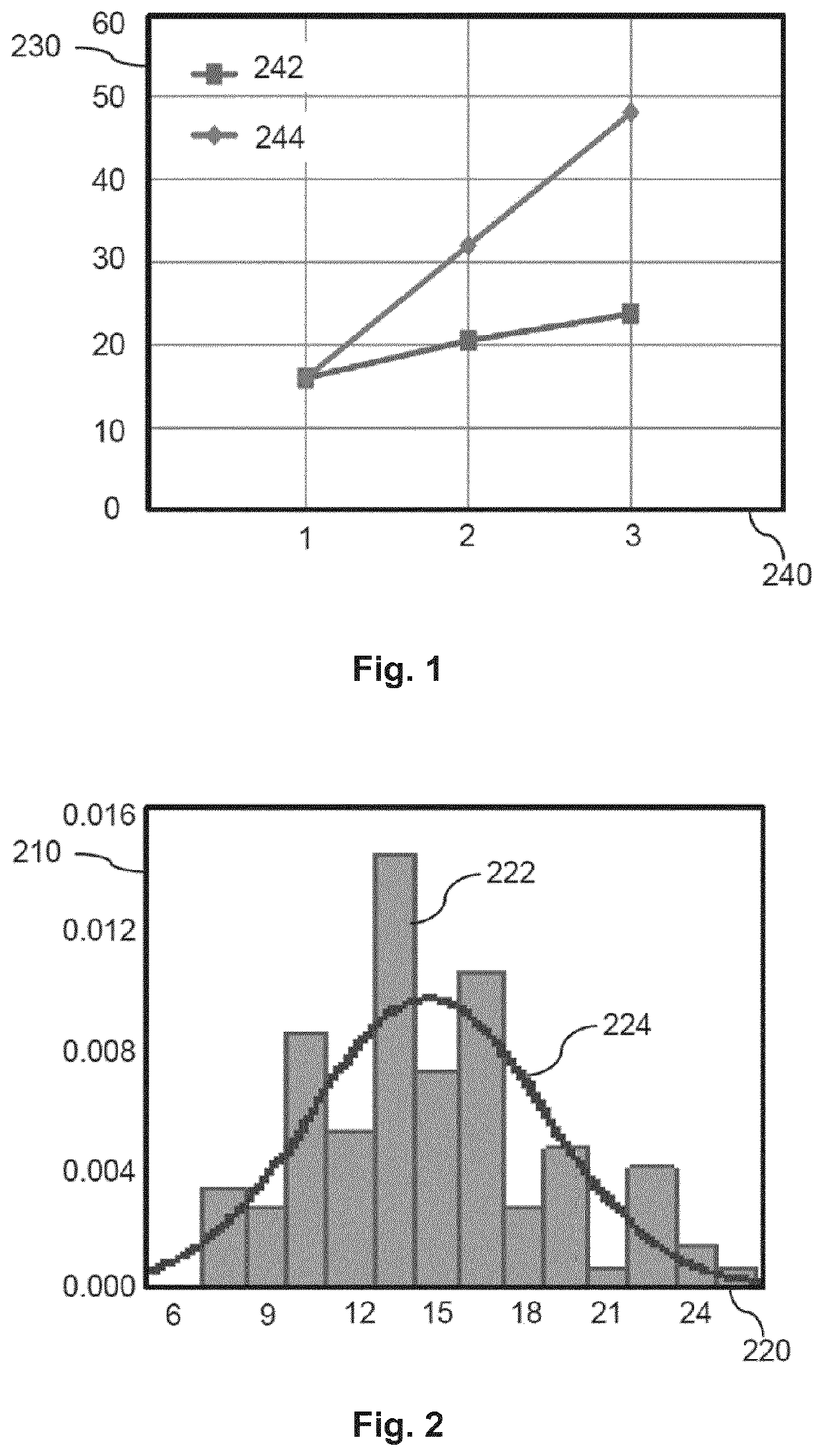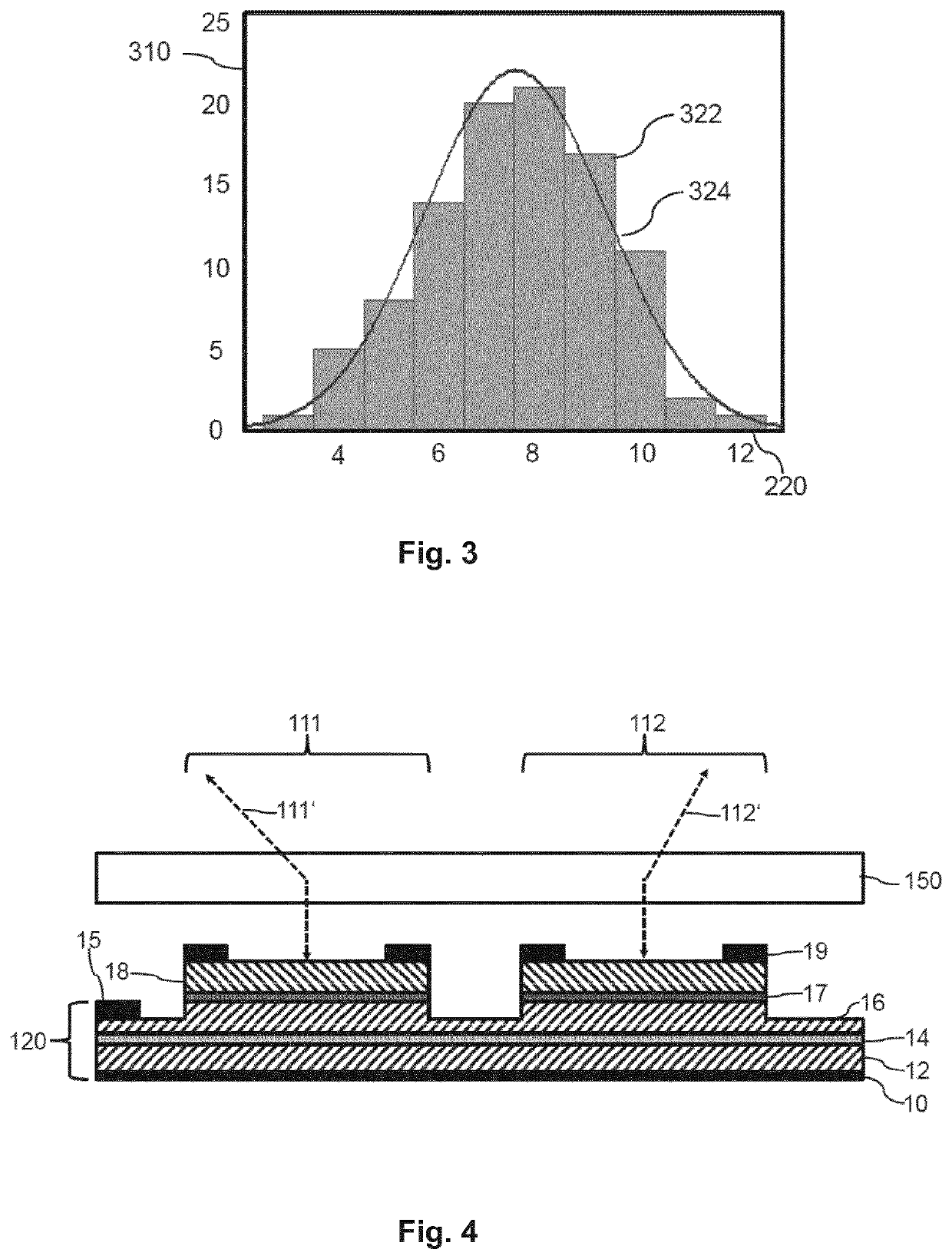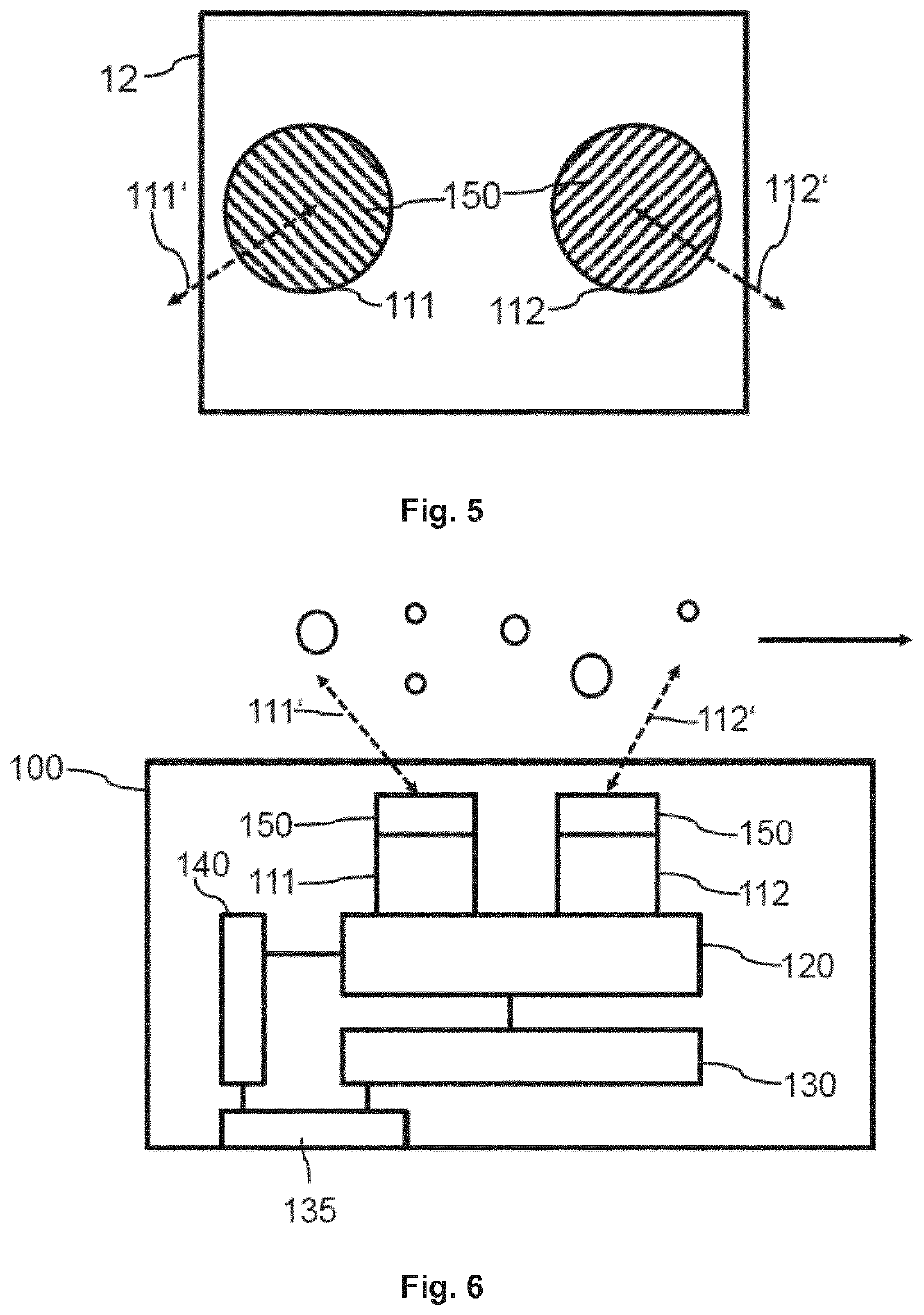Optical particle sensor
a particle sensor and optical technology, applied in the field of laser sensor or laser sensor module, can solve the problems and the inability to assign an emission direction to the determined self-mixing interference signal, so as to reduce the size, complexity and therefore the cost of particle sensors, and achieve sufficient accuracy. , the effect of increasing the size and cost of such particle sensors
- Summary
- Abstract
- Description
- Claims
- Application Information
AI Technical Summary
Benefits of technology
Problems solved by technology
Method used
Image
Examples
Embodiment Construction
[0071]Various embodiments of the invention will now be described by means of the Figures.
[0072]Self-mixing interference is used for detecting movement of and distance to an object. Background information about self-mixing interference is described in “Laser diode self-mixing technique for sensing applications”, Giuliani, G.; Norgia, M.; Donati, S. & Bosch, T., Laser diode self-mixing technique for sensing applications, Journal of Optics A: Pure and Applied Optics, 2002, 4, S. 283-S. 294 which is incorporated by reference. Detection of movement of a fingertip relative to a sensor in an optical input device is described in detail in International Patent Application No. WO 02 / 37410 which is incorporated by reference. The principle of self-mixing interference is discussed based on the examples presented in International Patent Application No. WO 02 / 37410. A diode laser having a laser cavity is provided for emitting a laser, or measuring, beam. At its upper side, the device is provided w...
PUM
 Login to View More
Login to View More Abstract
Description
Claims
Application Information
 Login to View More
Login to View More - R&D
- Intellectual Property
- Life Sciences
- Materials
- Tech Scout
- Unparalleled Data Quality
- Higher Quality Content
- 60% Fewer Hallucinations
Browse by: Latest US Patents, China's latest patents, Technical Efficacy Thesaurus, Application Domain, Technology Topic, Popular Technical Reports.
© 2025 PatSnap. All rights reserved.Legal|Privacy policy|Modern Slavery Act Transparency Statement|Sitemap|About US| Contact US: help@patsnap.com



